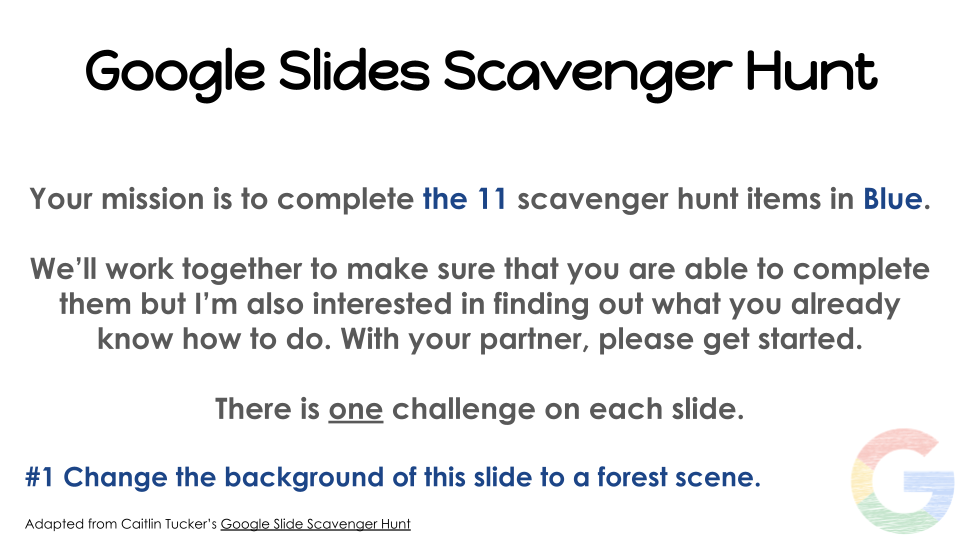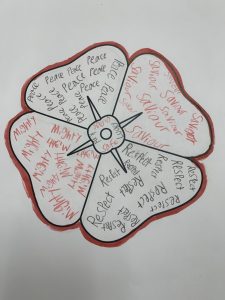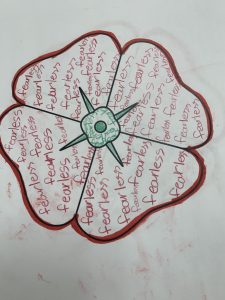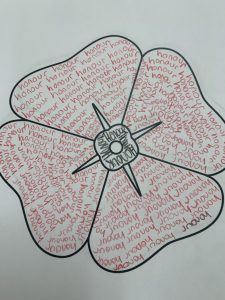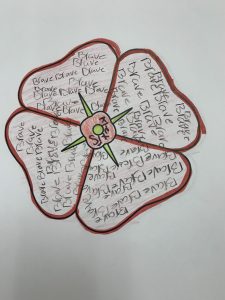As a K-13 student, growing up, I was fooled into believing that the sage on the stage method was the only tried and true instructional practice that would lead to my success as a student. We were taught, tested, drilled, homeworked, derogated, compared to others, overlooked, underestimated, expected to listen to hours of lectures each day, and told “it has always been done this way”.
There were some really bright spots along the way to be fair, but as many students, unfortunately, find out things change drastically year over year. Even if my experiences were not the norm, there are still others who went through something similar. The cherry on this crud sundae that I am sharing with you is that it was all amplified tenfold in university, but that post will have to wait. Until now, I really never had the scope or tools to consider why?
After spending the better part of this month reflecting on the past year, it seemed like a good idea to look forward at the road ahead rather than through the rearview mirror of what truly belongs in the past.
the audacity of it all
Why would anyone so young and uneducated dare to expect anything different let alone differentiated? It seemed that education even into the 2000s was more about control and conformity than the pure pursuit of knowledge, deeper understanding, and meaningful opportunities to put learning into action. Many teachers of a similar vintage as mine learned quickly that those desks were in rows for a reason, that the ancient textbooks weren’t going to cover themselves, and that the first assignment of each year was going to be a retell of what you did on your summer vacation. UGH!!!!
This time provided many eye-opening experiences that required some working out before stepping through the classroom doors in 2009. They can be summed up in a few words: sterile, rigid, and underinspired.
I never really liked the oppressive nature of my past educational experiences. I have worked hard to unlearn them since becoming an educator. Lately though, I have been reckoning with these truths again as I try to shake them once and for all. Admittedly, it takes effort not to let them creep back into my interactions disguised as something else. Being stuck in a rut can fool you into believing it is a well worn path. Taking time to be mindful of this is especially important as I welcome another 2 teacher candidates into the classroom for Term 2.
I guess we all have to confront our own needs, wants, and desires in the workplace and see if they align with our current realities or not. In that spirit here’s my reflection exercise for you to try if you went through a similar schooling experience or wish to avoid inadvertently providing one for your students.
taking stock
How much of your past experience from being a student is guiding your leadership in the classroom? I had to work on this especially knowing that learning in the 70s and 80s was so drastically draconian and undifferentiated.
How do you infuse positive talk with your students each day? More importantly, how are you including positive listening to them? Avoid repeating phrases we were told as students at all costs? Here’s a classic: “If you just work harder you will get it eventually.” For me, eventually was years afterward no thanks to those teachers. What I needed was time and a clearer breakdown of the concept along with some guided practise. Please know that students are usually trying their best why wouldn’t they?
Here’s another blast from the past: “How come you are the only one who doesn’t get this?” This might as well have been my theme song for grade 13 Math Functions and Relations? How is that supposed to help me or the other students who are too paralyzed with fear to raise their hands? I’ve felt this sentence trying to pass over my teeth and past my lips, but have also developed strategies to make sure it doesn’t happen.
One more car from the trauma train: “Your brother never had a problem with this.” This was what my sister had to endure. She never deserved to be treated that way. To this day she continues to inspire me despite the attempted spirit murder she went through. It is a terrible injustice to compare siblings in the classroom. Please for the love of pound cake do not let this happen and call it out when it does.
And finally, and more positively, how are you embracing the future? Does it include space and time for student voice, creativity, equity, intersectionality, identity, inquiry, design thinking, team problem solving, and otherliness? If not, what, other than the chains of the past, is holding you back from adding one, two or all of them to your classroom?
I am asking these questions of myself as a reflective exercise too because we have all come across it through our own years of sitting at our desks while educator after educator leads us through the lesson(s). Yet, even as we were taught multiple intelligences, strengths based learning, zone of proximal development and so much more from Gardner, Maslow, Marzano, Friere, hooks et al. If you are thinking “if it ain’t broke, don’t fix it” right now you can still benefit from a little proactive maintenance knowing that it is crucial to constantly refine what we do and how we do it in order to ensure a way for our students engage, wonder, and grow towards the future and not the past.


